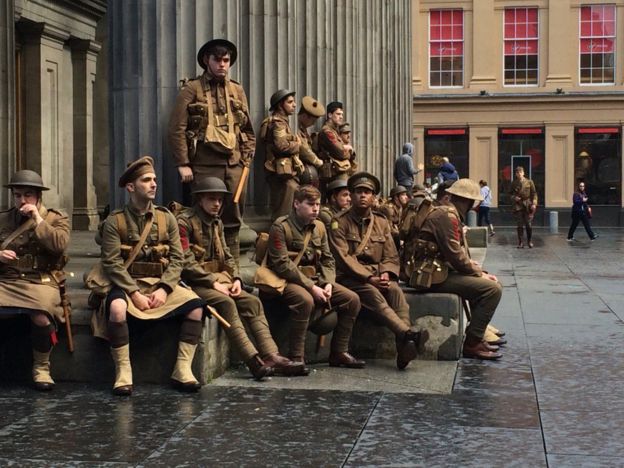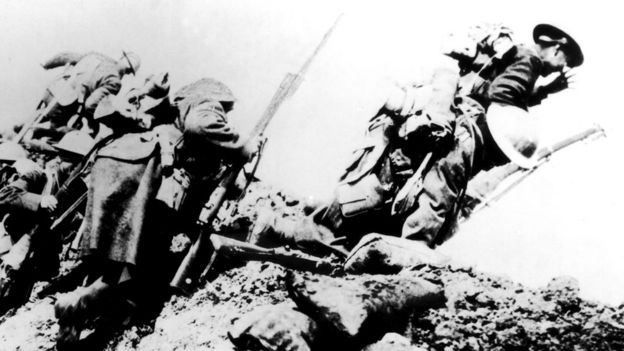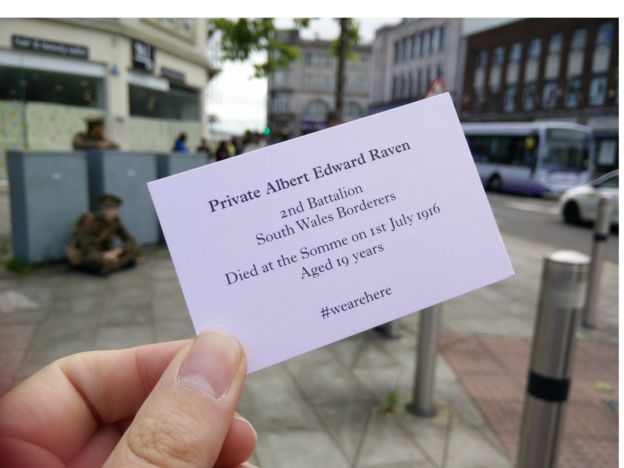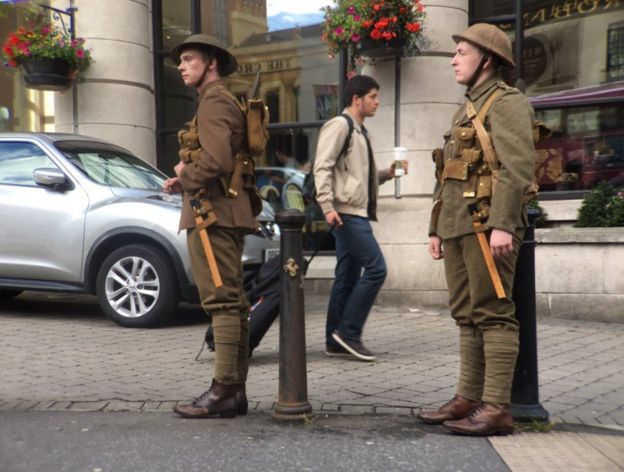
A little over 100 years ago, the long and bloody Battle of the Somme began. The battle–fought in trenches in the French countryside–stretched on for 5 months and became the longest and bloodiest battle of the First World War. With over one million casualties, it’s often remembered as one of the battles that came to define modern warfare as different and dramatically more deadly.

The First World War often gets overlooked in light of the horrors of World War II and other military exploits of the past century–especially in America, since this country didn’t enter the conflict until very late in the action. But for most European nations, the horrors of World War I–trench warfare, mustard gas, and a host of others–left deep scars. The remembrance of the First World War has not been neglected in Europe, and especially not in the United Kingdom. Since the hundredth anniversary of the war’s inception two years ago, the United Kingdom has hosted a string of remembrance events, the most notable being the installation of thousands of ceramic poppies outside the Tower of London to mark British lives lost in World War I.
Remembrance events have not waned in the following two years. And making sure that that sense of remembrance prevailed and that the general public does not forget was one of Jeremy Deller’s goals in his live art piece We’re here because we’re here. Commissioned by 14-18 Now, the United Kingdom’s official cultural program for commemorating the centenary of World War I, Deller’s “installation” was rather unique. Over 1400 volunteers, dressed as British soldiers would have been outfitted, silently gathered in public areas throughout the United Kingdom on July 1 as part of the “human memorial.”

According to The Art Newspaper and the BBC, Deller worked in collaboration with 27 different organizations overall, including the National Theatres in both London and Scotland (respectively), to ensure that the project was as accurate as possible and ran smoothly. The soldiers dotted street corners and filled transit carriages across the country. If approached, the “soldiers” would remain silent and hand out cards with the names and ages of battle casualties, according to The Art Newspaper. Occasionally interrupted by singing tunes popular with British troops a hundred years ago, the project highlighted and made public the seemingly too-present silence associated with World War I. Throughout the United Kingdom, the public responded positively to the piece–the hashtags #wearehere and #somme100 popped up relentlessly on social media, attached to pictures and posts of shock and remembrance over the many “lads..[dressed] as if they were going off to war.”

Whether it be that those who died were unable to tell their story or that society wasn’t really ready to hear the stories of those who survived, Deller’s piece seeks to finally give those soldiers a voice. Especially on the anniversary of a battle that claimed more than 19,000 British lives on its first day. According to The Art Newspaper, Deller wanted to create a “contemporary memorial” to mark the anniversary of the Battle of the Somme “…one that moved around the UK with an unpredictability [and] in which the participants took the work directly to the public.”

Clearly, We’re here because we’re here did just that, giving a voice and humanity to those from a conflict that doesn’t often get its turn to speak.
Check out more art news and the full report on We’re here because we’re here from The Art Newspaper here.
Take a look at the BBC’s article on the emotional effects the Battle of the Somme had on the British public here.
Interested in more 14-18 Now events? Check out their website here. Jeremy Deller? Take a look at his website here.
Check out more information on what we do here at the Art Docent Program here and past blog posts here!







